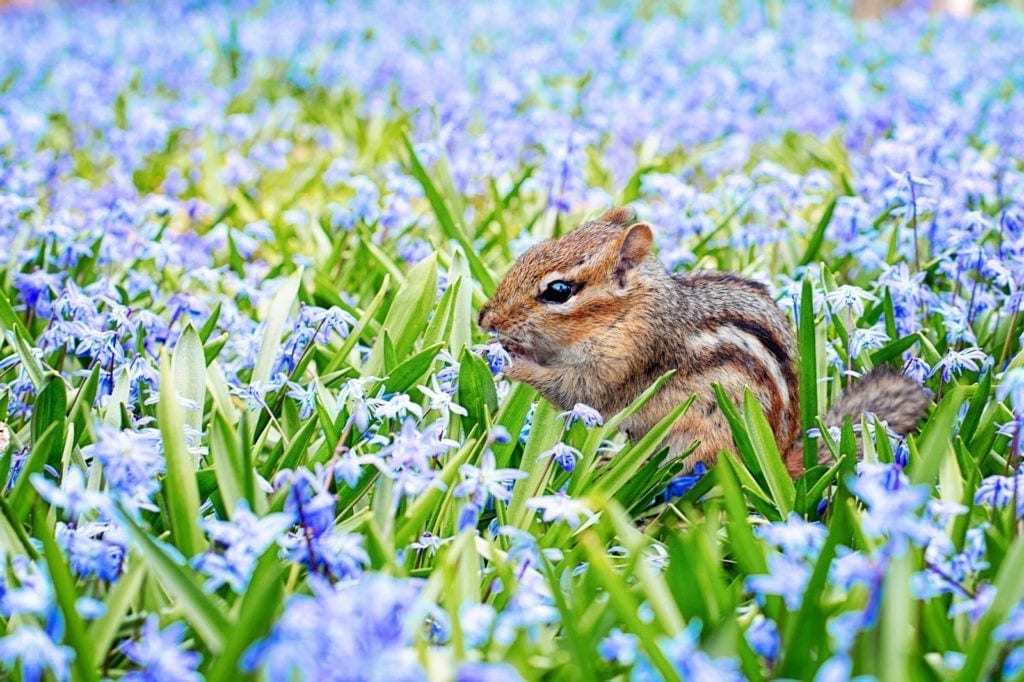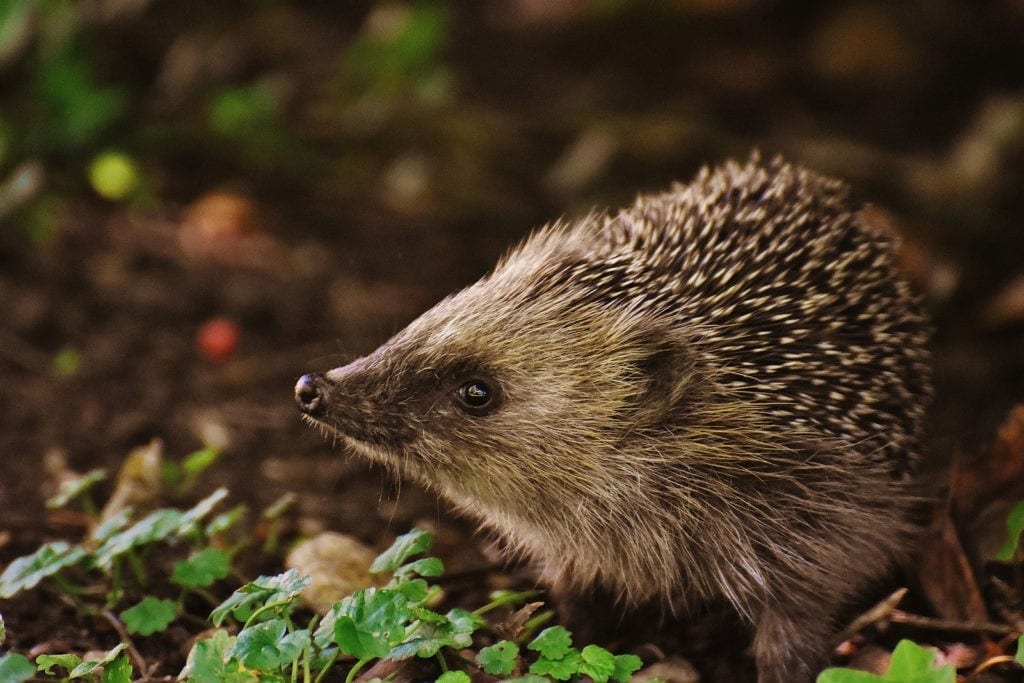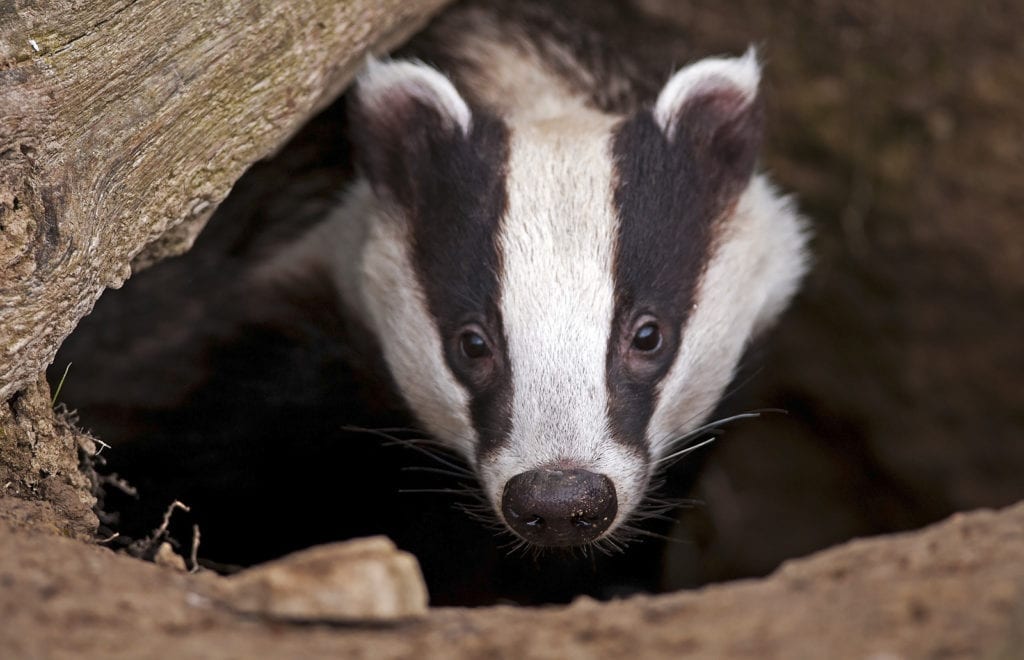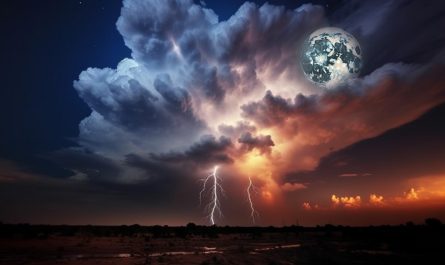Last Updated on February 2, 2023 by Avia
Groundhog Day Meaning
There is a lot more to Groundhog day meaning than what’s on the surface. For the folks in the US this event is a tradition started by the Pennsylvania Dutch who were early German settlers in the states.
Table of Contents
Groundhog Day and Pennsylvania Dutch
These creative settlers established the groundhog tradition and it became such a big hit that it celebrated in the US to this day. It even birthed the sensational Punxsutawney Phil, a Pennsylvanian groundhog who has become quite the legend over the years.
As the Pennsylvania Dutch story goes, on February 2nd, if a groundhog sees its shadow it means winter will last another 6 weeks. If not, then spring is making a speedy return to the land. This ritual has become a very big deal in Punxsutawney, PA where Phil the groundhog (who is believed to be over 100 years old) is rousted out of his hidey hole so festival-goers can get a prediction of the weather.
Groundhog Day and Medieval Times
In truth, this pseudo-holiday has a very long history. The whole shadow-weather-prediction thing actually started back in Medieval times. In the Middle Ages (roughly the 5th through the 15th centuries), most of life was predicated on the behavior of animals and nature. Paying attention to hibernating creatures helped folks and farmers understand upcoming weather patterns. The appearance of hibernating animals around this time of year was considered a sign of weather change…a big deal for pre-industry people who relied on the weather for farming.
Our early ancestors weren’t prejudiced. They didn’t just pay attention to groundhogs’ shadows. They observed the behavior of all hibernating animals. The ritual started becoming a tradition, and various cultures picked out a prized critter to predict the weather. For example, Ireland favored the hedgehog. In Germany, the badger was scrutinized for its weather predicting prowess.
Groundhog Day and Candlemas Connections
What’s really fascinating is that in some regions such as Canada, England and France people were awaiting the appearance of the Candlemas Bear. It’s the same premise as Groundhog day meaning…only instead of a badger or a Punxsutawney Phil, these early folk were looking for a bear which came out of hibernation. The Candlemas Bear’s emergence marked the beginning of Candlemas.
So what’s Candlemas? Great question. Originally, in ancient European times, Candlemas was referred to as a slew of other names, some of which are: Imbolc, or Oimelg (or Oimelc), Brigit’s Day, Lady Day, Juno Februa, Wive’s Feast Day.

Groundhog Day and the Seasons
All of these celebrations took place around this time of year. No matter what the name, this time of year (for the Northern Hemisphere) marked mid-winter(ish). This is about the time winter started to slowly release its grip from the land. Winter’s exit means Springtime’s big debut is coming. Spring has been historically viewed as the returning of the light, returning of life. Springtime has long held symbolism of: Life, new birth, motherhood, femininity, light, renewal.
Although still recognized by some folks these days, the old celebrations of Imbolc and Oimelg have kinda faded away over time. Before Groundhog day, people venerated ancient fertility and mother-goddess’ (like Brigit) in the old customs. This tradition lived on, sort of, in Christianity.
This mid-winter time was called Candlemas in the Christian tradition. It was a time when Christians celebrated the purity of the Virgin Mary and the light of the Christ child. For centuries, it has been a tradition to offer special prayers to Mary and honor her role as the mother who gave birth to Christ. This Christian version is still symbolic of motherhood, birth and renewal to this day.
Interestingly, the meaning of the name Christ means ‘light’ – so Candlemas is a celebration of the returning of the light. In Christianity, Candlemas is the arrival of Christ (light). This has to do with the old laws of Moses which say the first born of a son in any family must make an offering to God on the 40th day after the child’s birth. This was in order to allow God to give a blessing upon the child. As some scholars explain it, Christ was born 40 days prior to February 2nd. At that time Christ was presented at the Temple of Jerusalem. The devoted Jew, Simeon, declared the Christ child as a “The light to the Gentiles.” In this religion, Christ is the returning light. In the old days of spirituality, it is the return of the light of the sun, that brings life and Springtime. The similarities are quite remarkable, I think.
Other Symbols for this Holiday
You know me, it’s all about the symbols. I find it remarkable that the symbols for almost all of these festivals remain pretty much the same. Whether observing February 1st-2nd as Imbolc or Candlemas or even Groundhog day…the symbols for this day are pretty consistent, and they are symbols such as: Lamb, Snake, Bear (and all hibernating animals), the new moon, and light (candles) to name a few.

I particularly appreciate the lamb as a symbol for this time of year. It represents innocence, freshness, renewal.
Isn’t it fascinating how cultures, heritages and traditions swirl around and morph over time? What is now considered Groundhog day meaning in popular culture, was once a very rich, deep and intense ritual of calling forth the return of the light of life and Springtime.
If you do some digging, you will find Groundhog day isn’t the only event in human celebrations that carries a long, colorful history. Christmas and Easter, for example, are a maze of meanings and origins in beliefs!
I hope you enjoyed this little run-down about Groundhog day meaning. The concept is really inspiring. Right now, I’m knee-deep in snow…the idea of the return of light, renewal and the approach of Spring is really uplifting! I hope you experience renewal and light regardless of what the groundhog’s shadow does this February 2nd!
As always, thank you for reading.
Mighty brightly,

© Copyrighted. All Rights Reserved.
Other Articles of Interest on This Website

Animal Symbols of Spring
This post about animal symbolism talks about vibrant creatures that appear in springtime with vital life-lessons. Get more spring animal meanings here.

Symbolic Hedgehog Meaning
This magnificent creature speaks to us appreciating the little things in life. It is also a symbol of renewal. See more about hedgehog meaning here.

Symbolic Badger Meaning
The badger stops at nothing to get what it wants, and this is a lesson for us to be persistent in our pursuits. The badger helps us finish projects. Learn more about symbolic badger meaning here.

Symbolic Meaning of the Seasons
The symbolic meaning of seasons are highly overlooked and profoundly powerful. Seasons have the force to change our mood, change our lives and change our perspectives. In her endless wisdom, Nature shows us that all things change, and seasons are an example of this undeniable rule of life. Change happens! Find out more about symbolic meaning of seasons here.











